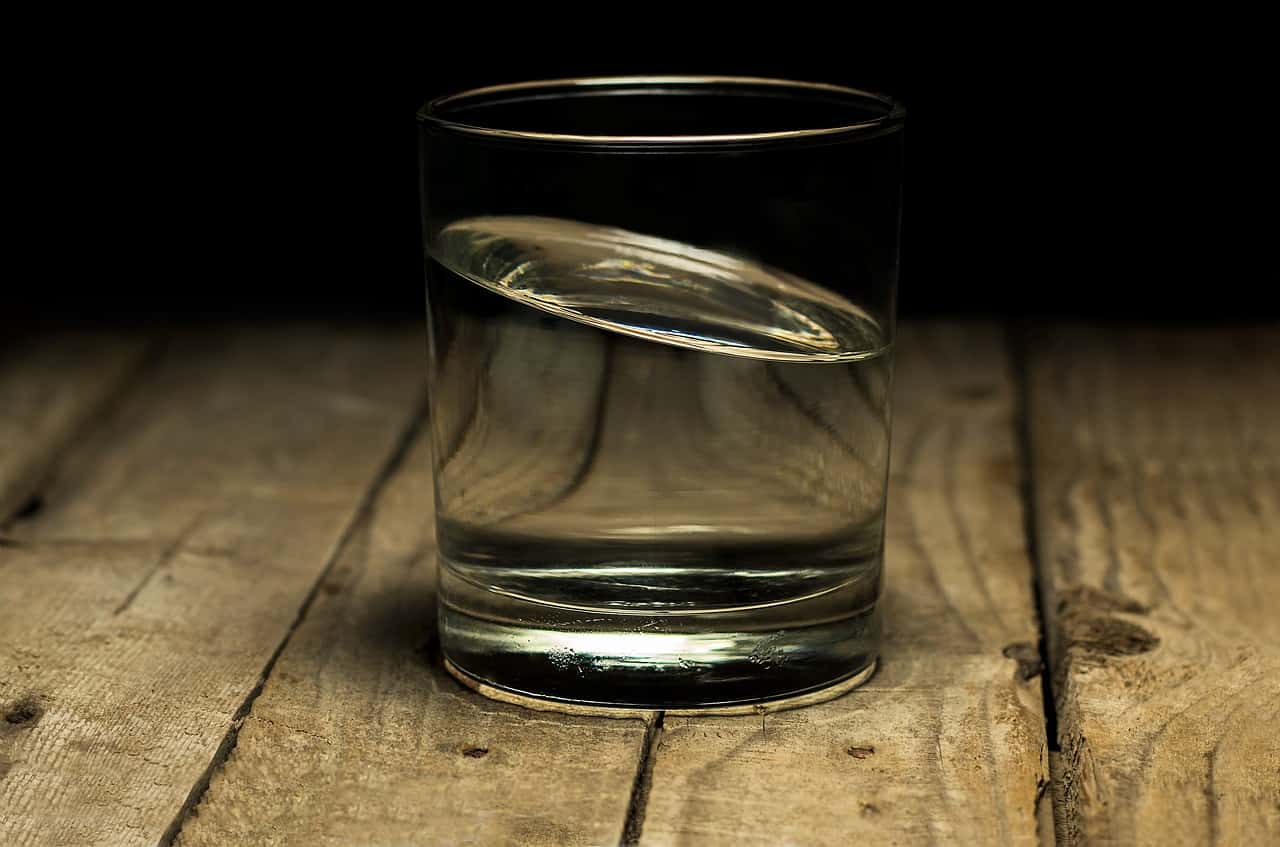The molecular destruction of PFAS increases from 10% to nearly 100% in an ultraviolet water-treatment method.
Per- and polyfluoroalkyl substances (PFAS) are a large group of widely used chemical compounds that have earned the moniker “forever chemicals” owing to their ability to stick around for a long time in the environment.
These “forever chemicals” first came into widespread use in consumer products in the 1940s because of their ability to resist heat, water, and lipids and have since become extremely pervasive. PFAS-containing products are in everything from grease-resistant paper wrappers to microwave popcorn bags, pizza boxes, and candy wrappers. They are also in cleaning products, non-stick cookware, and paints.
Their ubiquity and endurance are hardly net benefits, however, because when they make their way insidiously into our drinking water and food PFAS can cause cancer, harm our immune systems, lead to hypertension, and result in a wide range of other health conditions.
Encouragingly, though, it looks like we might finally able to be rid of them, at least to an extent.
Scientists have been working on ways to eliminate these toxic chemicals from the environment. In the latest such research experts at the University of California, Riverside, have devised a new method to break up PFAS into smaller harmless compounds.
During the process water contaminated with PFAS is treated with hydrogen and then exposed to high-energy ultraviolet light. The hydrogen polarizes water molecules to make them more reactive while the light catalyzes chemical reactions that destroy the pollutants, the scientists explain.
“This one-two punch breaks the strong fluorine-to-carbon chemicals bonds that make these pollutants so persistent and accumulative in the environment,” the researchers write in a statement.
“In fact, the molecular destruction of PFAS increased from 10% to nearly 100% when compared to other ultraviolet water-treatment methods, while no other undesirable byproducts or impurities are generated,” they report.
Better yet, their technology is environmentally friendly with no pollutants left in its wake.
“After the interaction, hydrogen will become water. The advantage of this technology is that it is very sustainable,” says Haizhou Liu, an associate professor at the university’s Department of Chemical and Environmental Engineering.
Liu’s team proposes deploying the method at treatment tanks and cleanup sites for drinking water, groundwater and wastewater.
“We are optimizing it by trying to make this technology versatile for a wide range of PFAS-contaminated source waters,” Liu says.
“The technology has shown very promising results in the destruction of PFAS in both drinking water and different types of industrial wastewater,” the scientist adds.
This story first appeared on Sustainability Times
Photo: Pixabay/IamNotPerfect
© 2022 Sustainability Times.
This article is licensed under a Creative Commons Attribution-ShareAlike 4.0 SA International License.












